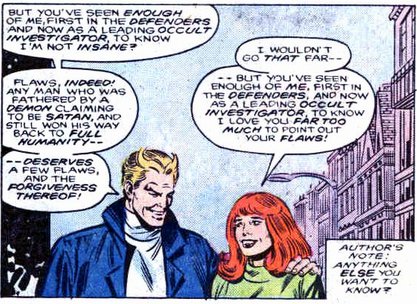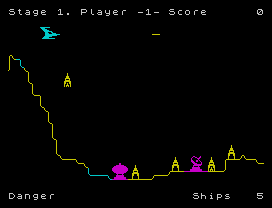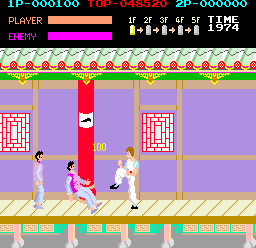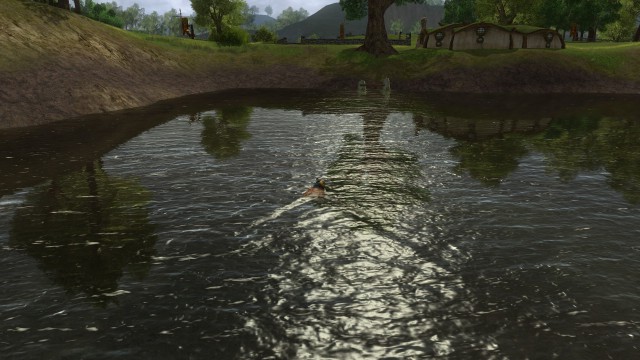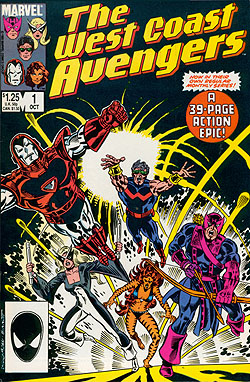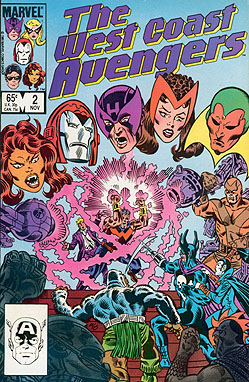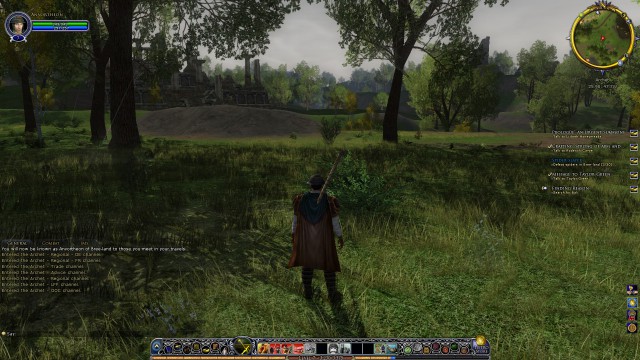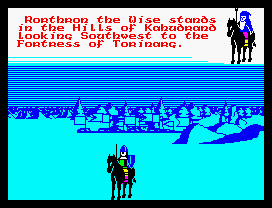Note: this post is expanded from one in my old blog, The Games of My Life.
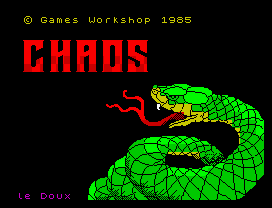 Back to the ol’ Speccy for a 1985 game I and my friends and brother played well into the late 90s: Chaos (also known as Chaos: The Battle of Wizards on the menu screen). Designed and programmed by Julian Gollop, who would go on to design such classics (not that Chaos isn’t one itself) as Laser Squad and UFO: Enemy Unknown (known outside Europe as X-Com: UFO Defense), this was indeed my first contact with a Gollop-designed game, though I didn’t know any of that at the time… after all, I was only an 11-year-old kid.
Back to the ol’ Speccy for a 1985 game I and my friends and brother played well into the late 90s: Chaos (also known as Chaos: The Battle of Wizards on the menu screen). Designed and programmed by Julian Gollop, who would go on to design such classics (not that Chaos isn’t one itself) as Laser Squad and UFO: Enemy Unknown (known outside Europe as X-Com: UFO Defense), this was indeed my first contact with a Gollop-designed game, though I didn’t know any of that at the time… after all, I was only an 11-year-old kid.
Incidentally, I purchased Chaos without having any idea of what it was like, which was common at the time — all games sold in Portugal were cheap pirated copies (such a situation wouldn’t change until the mid-nineties), and often they didn’t even have a photocopy of the original cover; they simply used generic ones, usually made by that particular store, and with just the game’s name on it. And at the time I didn’t even realize there was such a thing as computer magazines; it would still be a year until I bought my first copy of Your Sinclair (issue 3!). So, again, I had no idea what I was buying, and I have no idea or recollection of what made me curious about a cassette with the word “Chaos” on the cover (though I still remember where I bought it — “Triudus”, in the Fonte Nova shopping center. Yup, the things I fill my brain with…)
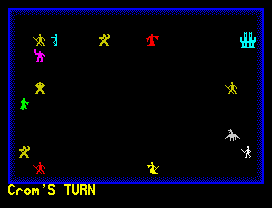
Anyway, Chaos. By looking at screenshots such as the one next to this paragraph, it appears stupidly basic; by watching someone play without explaining to you what he or she is doing, it seems insanely complex. The reality?
The premise is simple: 2-8 wizards (each one played by a human or by the computer) trying to kill each other, using a variety of spells, including controllable summoned creatures, in a relatively small map (a single screen). (sounds almost like Magic: the Gathering, only without the cards…)
The options, however, are many. Should I cast this Giant when the spell has only a 20% chance of working? Should I cast it as an illusion, which works 100% of the time, but can easily be dispelled? Should I try to create easier, weaker Law creatures so that the Giant (a Law spell) is easier to cast later? Or should I go towards Chaos instead so I can eventually cast a Red Dragon? Is that guy going to attack me, or can I stay concentrated on killing that other guy? Can a Magic Bolt kill him next turn, or should I save it for when I’m threatened? He’s attacking with undead creatures, which can only be attacked by magic weapons or other undead, and I have none… should I cast a Magic Sword and fight them physically with my wizard? Trap them with Fire or a Gooey Blob? Create a Horse or a Pegasus, mount it, and get out of here? Create Magic Trees so I can get new spells? Is that Ogre he just cast an illusion?
And all of that in 48 K. Yes, 49152 bytes. I must have played many hundreds of Chaos games in my life, almost all of them on a real ZX Spectrum, in the 80s and 90s. And even today the game is a lot of fun, especially with a group of friends.
Oh, and the snake on the loading screen looked great. 🙂 I love how they circumvent the Speccy’s attribute clash and give the illusion of shading just by making some 8×8-pixel squares “bright” (the Spectrum could only have two colors each 8×8 square, thus the color clash, and the square could also have the “bright” bit optionally enabled, which is what they do here).
As with most Spectrum games, you can get it (legally!) from World of Spectrum, in this case here.
 Back to the ol’ Speccy for a 1985 game I and my friends and brother played well into the late 90s: Chaos (also known as Chaos: The Battle of Wizards on the menu screen). Designed and programmed by Julian Gollop, who would go on to design such classics (not that Chaos isn’t one itself) as Laser Squad and UFO: Enemy Unknown (known outside Europe as X-Com: UFO Defense), this was indeed my first contact with a Gollop-designed game, though I didn’t know any of that at the time… after all, I was only an 11-year-old kid.
Back to the ol’ Speccy for a 1985 game I and my friends and brother played well into the late 90s: Chaos (also known as Chaos: The Battle of Wizards on the menu screen). Designed and programmed by Julian Gollop, who would go on to design such classics (not that Chaos isn’t one itself) as Laser Squad and UFO: Enemy Unknown (known outside Europe as X-Com: UFO Defense), this was indeed my first contact with a Gollop-designed game, though I didn’t know any of that at the time… after all, I was only an 11-year-old kid.

